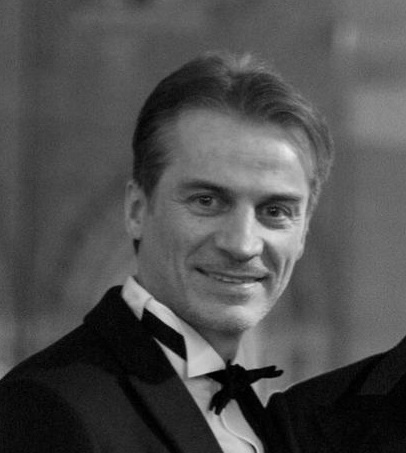
Making a correct oral rehabilitation in adult patients is a complicated task because stomatognathic apparatus and, strictly speaking, the dentitions have often been under attack by any form of chemical-mechanical stress and affected by periodontal disease, caries, loss of teeth, trauma and iatrogenic dentistry.
As a consequence, adult patient dentitions may end up with secondary malocclusions, a condition where all the damages on teeth sum up in a malocclusion distinguished by any form of dentoalveolar compensation, most of all dentoalveolar extrusion, related to altered tooth morphology and pathological drifting, further complicated by the possible presence of the primary malocclusion. The big problem in oral rehabilitation of these complex cases is the resulting force control problem, especially in case of bruxism habit.
A patient affected by secondary malocclusion is not able to afford the attack of the bruxism habit and every restorative effort will fall in a biomechanical failure shortly if the oral rehabilitation is not managed by adequate ortho-restorative planning and occlusal design.
The aim of this workshop is giving information about the diagnostic process and the clinical strategies that can help to manage and success in interdisciplinary complex cases with secondary malocclusions and force control problems.
